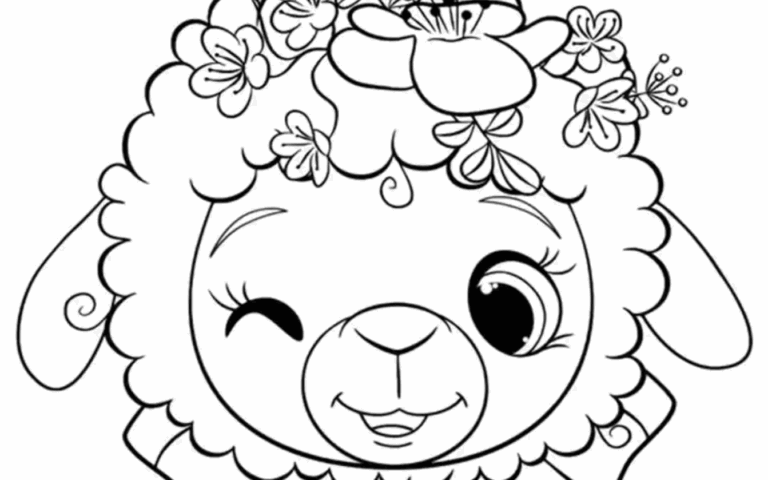Dinosaur Coloring Page
A “dinosaur coloring page” constitutes an illustration, typically in black and white, depicting one or more prehistoric reptiles designed to be colored in. These pages are often single-sided, facilitating removal and display after completion. An example includes an outline of a Tyrannosaurus Rex intended to be filled with crayons or colored pencils.
The prevalence of such printable artwork stems from its educational and recreational value. The activity encourages fine motor skill development, fosters creativity, and provides an engaging avenue for learning about paleontology. Historically, similar illustrations have been used as a tool for children’s education, dating back to the rise of mass-produced coloring books in the early 20th century.
The following sections will delve into the various themes, artistic styles, and potential applications associated with the illustrations, exploring their appeal across different age groups and educational settings.
Conclusion
This exploration has demonstrated the multifaceted nature of the illustration type, from its function as a tool for childhood development to its role in sparking interest in the prehistoric world. Key aspects include the enhancement of fine motor skills, the stimulation of creativity, and the provision of an accessible educational resource.
The continued availability and adaptability of the “dinosaur coloring page” suggest its enduring relevance as a method for engaging young minds. Its simplicity and broad appeal ensure its continued use in both educational and recreational contexts. Further study could explore the psychological impact of engaging with such imagery on children’s understanding of science and history.

